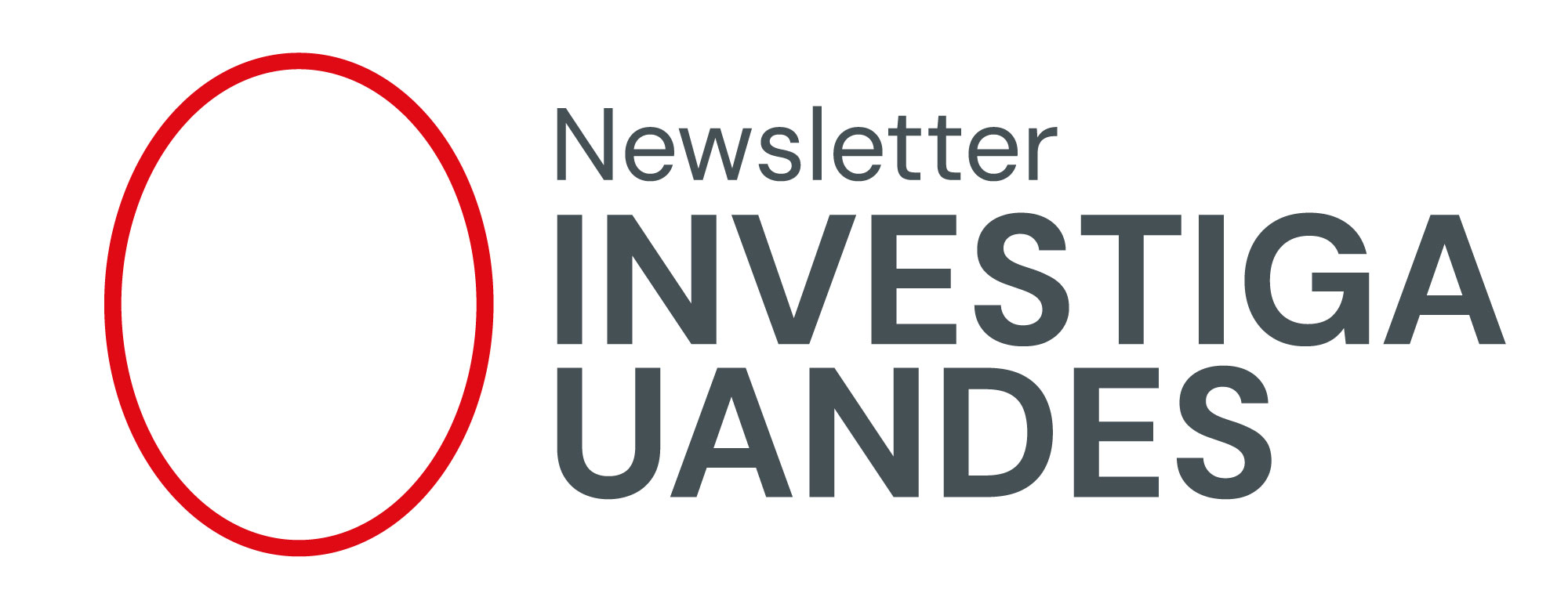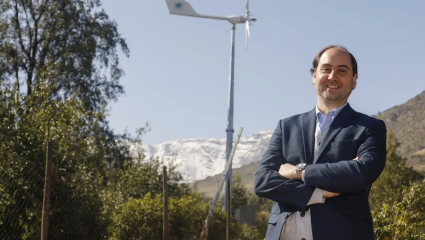The academic vice dean of the Faculty of Engineering and Applied Sciences is working on the behavior of bridges and wind turbines under different seismic scenarios.
The researcher and academic deputy dean of the School of Engineering and Applied Sciences Rodrigo Astroza, recently joined the "Top 2% scientist ranking", a list of the most cited researchers worldwide, prepared annually by Stanford University.
The ranking, which defines the 2% most highly cited researchers worldwideis divided into different areas of knowledge and distinguishes the works that most take into account other scientists to develop new knowledge. "This metric analyzes whether the research we do is being taken into account in other work, to deepen and investigate related topics," explains Astroza, who is the first academic at the School of Engineering and Applied Sciences at UANDES to enter this outstanding ranking.
The academic is currently working on several research projects. One of them is about the seismic hazard on new and old structures. "We are studying the level of seismic forces that will impact a structure, both new and old, and how they should behave in the face of seismic movements," says Astroza.
Another topic under investigation is the seismic demand early warningwhich can predict the level of seismic demand on certain structures a few minutes before the earthquake. With this information it will be possible to to prevent disasters associated with seismic movements, such as firesfor example.
The academic vice dean of the School of Engineering and Applied Sciences is also working on the The behavior of bridges and wind turbines under different seismic scenarios, and incorporating other sources of hazards, such as corrosion and scour.
This year they cited, in the "Top 2% scientist ranking".Rodrigo Astroza, and two researchers, Rodrigo Astroza, Rodrigo Astroza, Rodrigo Astroza, Rodrigo Astroza, Rodrigo Astroza UANDESAlfonso Valenzuela (School of Nutrition) and Rodrigo Quera (UANDES Clinic).
If you want to read the interview made by Radio Bio Bio to the academic for this appointment, click here.

